commentary Commentary
Commentary: Cute otters and pangolins get saved but are ugly animals a lost conservation cause?
If animals received protection only because of their attractiveness and appeal, we will ignore the complexity of the ecosystems in which they thrive, say two ecologists.
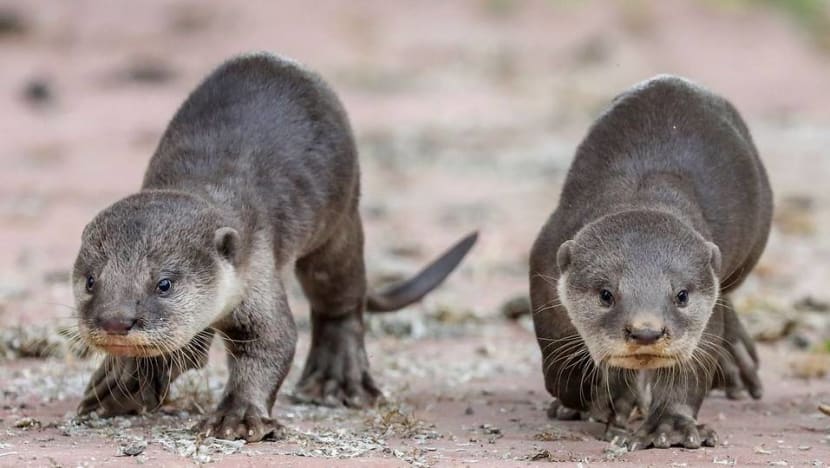
File photo of otter pups. (Photo: OtterWatch)
SINGAPORE: In 2017, when an otter bit a French girl in Gardens by the Bay, many observers attributed the accident to defensive behaviour as humans got too close to a wild animal.
If it was a macaque in the scenario, we would expect less sympathetic comments towards the animal.
Similarly, otters swimming in waterways are a welcome sight, with many members of public snapping photos and posting them on social media.
If a python were resting in the waterways instead, Animal Concerns Research and Education Society (ACRES) and National Parks Board (NParks) would be receiving calls to remove the snake.
We urban folk may not even be equipped in dealing with such situations. The Singaporean Pest Management Association in September admitted pest companies were “lacking in the handling of wildlife”, after a clip of personnel roughly removing a python from a drain went viral.
READ: Commentary: Are we inept at handling wild animals that come our way?
READ: IN FOCUS: How urbanised Singapore is learning to live with its wildlife
The point of highlighting these scenarios is not to criticise otters nor the bias afforded to them. Their conservation in Singapore is an international success and a national pride.
Thanks to decades-long efforts of cleaning up Singapore’s formerly polluted waterways, otters have gone from the brink of local extinction to today’s growing population. Catching a glimpse of them today continues to delight locals and foreigners alike.
THE BIAS IN CONSERVATION
The reason we raise these parallels is to make sense of what factors drive this differential treatment, and why it is dangerous to do so.
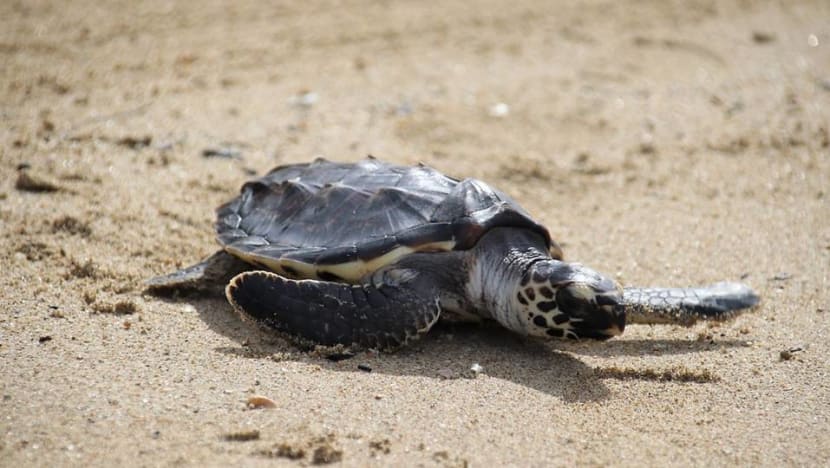
There is a bias in conservation towards charismatic species – compelling or charming animals that inspire devotion in people. Think giant panda, Bengal tiger and sea turtle.
While there is scarce data on how much charisma favours animals in getting funding or support, conservationists worldwide cite the difficulties of getting people to care about less well-known species.
The Zoological Society of London found that of the “evolutionarily distinct and globally endangered” (EDGE) species tracked, more than 70 per cent do not receive enough conservation attention.
Commentary: The wonder of clear skies and returning wildlife is our new climate problem
These unique species – often the last surviving members of an evolutionary line – span mammals, birds, amphibians, reptiles and even corals.
The Society also found that more than half of EDGE mammals get low or very low attention, but it is worse for other groups – two thirds of EDGE corals are being neglected. The action plan to save these species is lacking or outdated, or they receive very little to no research.
In Singapore, some charisma-challenged yet highly threatened and ecologically important species include the coastal fern (Dipteris conjugata) and horseshoe crabs.
READ: Commentary: The truth behind returning wildlife is less feel-good than you think
ECOLOGY IS MORE COMPLEX
The prioritisation toward charismatic species could misrepresent the status of the environment, as only well-known and well-funded species are studied enough to be listed as “endangered”.
But if only charismatic species receive protection because of their attractive appearance and appeal, we will ignore the complexity of the ecosystems in which they thrive.
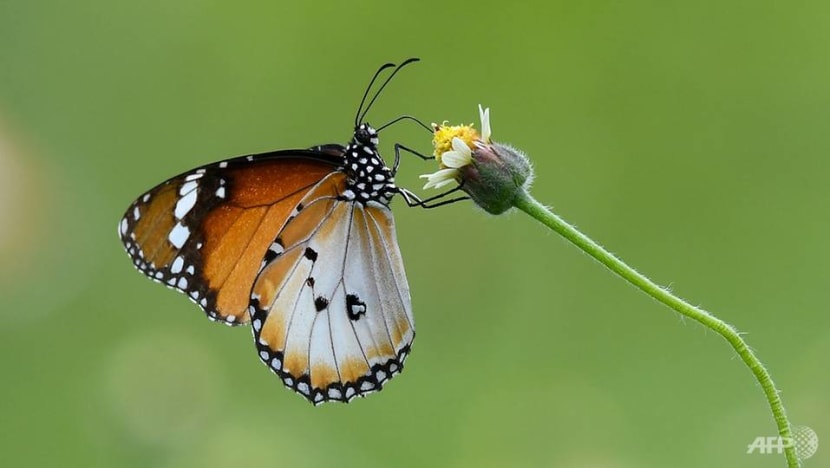
Many may be familiar with the plight of the critically endangered pangolin or even the Raffles’ banded langur, but some may be less aware of our vanishing insects. Of the 1 million animal and plant species around the world facing extinction in this century, half are insects.
Here in Singapore, almost half our native butterflies have gone locally extinct since the 1850s, mainly due to deforestation.
Apart from the fluttering butterflies, many other insects perform vital ecological roles. They don’t just pollinate the fruits and vegetables we eat; the common beetles, flies and cockroaches keep soils healthy by breaking down organic material. This process allows decomposition to occur and recycles nutrients back into the soil.
Many charismatic fauna also depend on insects as a food source – the native pangolin, for instance, feeds on ants and termites.
READ: Commentary: The problem with sharing cute exotic animal pics
Beyond the invertebrates, fungi, plants and the microorganisms are part of the same ecosystem and contribute as much or even more.
Mangroves are a prime example of such a rich ecosystem, and also serve as a significant repository of carbon. According to geographer Dr Dan Friess of National University of Singapore, “they can store three to five times more carbon per hectare than other forest types (typically) do”.
He noted that mangroves and also seagrasses are often neglected as compared to other carbon sinks such as rainforests and tropical habitats in the fight against climate change.
READ: How Singapore's mangroves can contribute in the battle against climate change
Even the organisms we detest play a critical role. Scientists have called for conservation efforts to include parasites, since only about 10 per cent of parasite species have been identified.
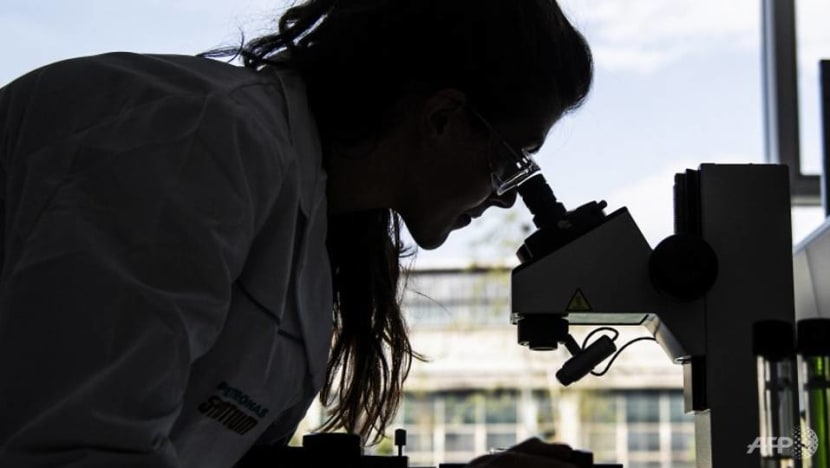
Parasites provide ecological balance by preventing the overpopulation of any species in an ecosystem. They may be despised as carriers of diseases and causes for illnesses, but only 4 per cent of them act in that capacity.
RISKS OF NEGLECTING ECOLOGY
Nonetheless, there’s a reason why charismatic animals feature so prominently in conservation efforts.
These animals have widespread popular appeal and can be used effectively to garner public support for wider biodiversity goals.
Some endangered animals like elephants and sea turtles serve as flagship or umbrella species. Protecting them channels resources and support into preserving their habitats, which benefits their non-charismatic counterparts.
READ: Commentary: Tigers belong in the wild, not in our homes, the streets or farms
However, the truth is that not many charismatic species are keystone species, which are essential to the integrity of the ecosystem.
Preferential treatment toward charismatic species runs the risk of turning biodiversity conservation to solely animal protection, which is no longer ecology.
Even if we stretch the survival of charismatic threatened species, in the long run, neglecting the other less appealing wildlife and habitats they depend on will not guarantee their safety from extinction.
From a broader picture, the neglected keystone species will fade, so will our green and blue spaces, as too much resources go to preserving the populations of a few cute and cuddly animals. Nothing will be preserved if we continue our myopic vision for wildlife conservation.
READ: Commentary: Let Singapore’s green spaces grow wild
THE CHALLENGE AHEAD
Climate change is going to be a major challenge for us. CNA reported that up to half of Singapore’s wildlife species could vanish by the end of the century if we go about business as usual.
WATCH: Climate change: Up to half of Singapore's wildlife species could disappear by end of century | Video
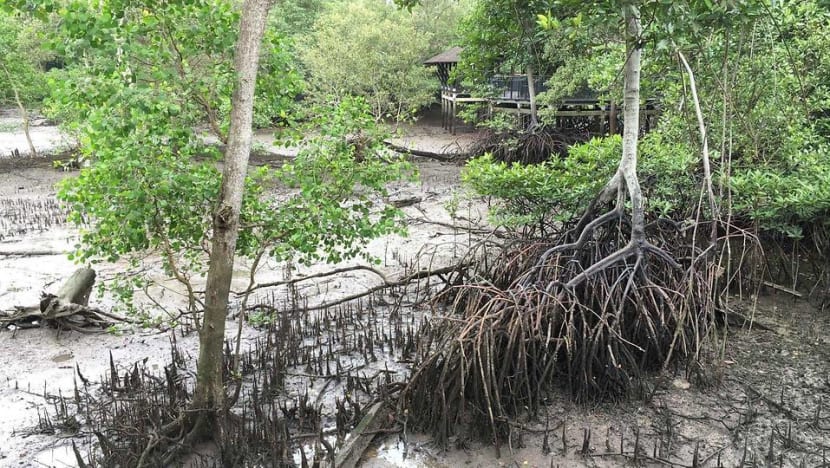
The preservation of nature and not just a few species is part of the climate change mitigation strategies – which is why nature-based solutions to climate change have been gaining traction.
Scientists in Singapore are studying how protecting mature mangrove forests could remove the large amounts of carbon dioxide we emit. These forests also support fisheries and keep coastlines intact, ultimately benefitting other inhabitants like otters.
Our education efforts about biodiversity should also pivot towards the ecology of wildlife, rather than a few selected species, and this undertaking needs to start upstream in our school curriculum.
READ: Commentary: This new Ministry of Sustainability and Environment looks pretty promising
Additionally, the emphasis has to turn to local species and habitats. Singaporeans can easily identify an orangutan or a giraffe but not a colugo nor a pangolin.
If an oriental pied hornbill is to perch on a roadside tree, you are more likely to hear curious passers-by exclaim that it is a toucan.
Other times, a monitor lizard basking in the sun on a boardwalk may attract anxious voices surprised by the presence of a Komodo dragon.
READ: Commentary: Want stronger protection for animals? Empower animal welfare groups to carry out enforcement
NATURE AN ALL-ENCOMPASSING ENTITY
The recent change in NParks mission to transform Singapore from a “Garden City” into a “City in Nature” is applaudable. More importantly, this marks a shift in perspective on what nature means to us.
Simply adding greenery in our built environment or conserving a few endangered animals is not enough for a “City in Nature”. We must begin to understand nature as an all-encompassing entity instead of parts of a whole.
This understanding is crucial in ensuring all wildlife that call Singapore home have a future, including their ecosystems. We can then enjoy the benefits of living in harmony with nature.
Andie Ang is Research Scientist at Wildlife Reserves Singapore Conservation Fund and President of Jane Goodall Institute (Singapore). Karl Png is Co-founder of Singapore Youth Voices for Biodiversity.















